The massive banner above the stage proclaimed “Celebrating a Year Like No Other” to employees gathered for a 787 programme event at Boeing’s cavernous Everett site in Washington last month.
The banner said it all, particularly as the event came just three days after a sales coup for the 787 in Australia, where Qantas had just signed the contract for up to 45 787-8s and 787-9s, with 20 options and a further 50 purchase rights. The dust had hardly settled on this event when CR Airways of Hong Kong announced commitments for 10 787s; then the group of Chinese airlines that earlier in 2005 had ordered 47 aircraft confirmed orders for a further 13.
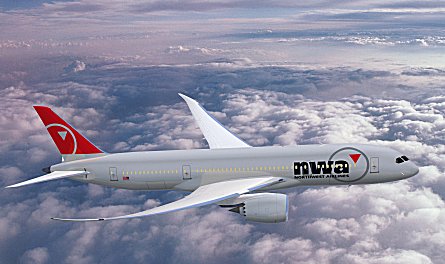
What made 2005 so stellar for the 787 was that this apparent flurry of year-end activity was simply sustaining the rate established at the start of the year. Boeing finished the year with 291 firm orders for the aircraft – from 23 customers – of which 235 were placed in 2005.
“This continues to be at a record rate for a new aircraft,” says 787 vice-president and general manager Mike Bair.
“We’ve also got proposals for in excess of 500 additional aircraft,” says Bair, who adds that, although Boeing is not counting on winning them all, “the yield is usually fairly high”. Overall, 20-year prospects are showing signs of climbing from 3,300 or 3,500 to around 4,000 aircraft in this medium twin category.
“We’ll get 50% of that at least, and if you do the arithmetic and see what the running average is, you can see what the rate has to be – and we have to do better than that to protect the peaks.” Not surprisingly, talk at Boeing and elsewhere is turning away from the question of sales to the challenges of production.
Manufacturing start
As 2006 begins, so does manufacturing of the first components for the first 787. Undercarriage forgings, traditionally the longest lead item in any new commercial aircraft, are now being made by Messier-Dowty, and at companies all over the world “parts are starting to flow in the supply chain”, says Bair. To meet the avalanche in demand, Boeing has found slots for a further 16 aircraft by the end of 2009 to bring deliveries to 112 aircraft for the first two years of production.
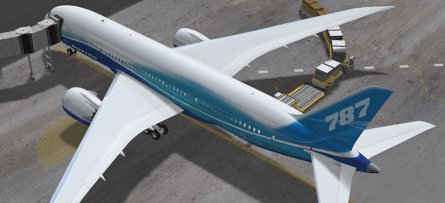
The rapid sales build-up is “driving us to another piece of work – deciding on the ultimate production rate. We’re doing a study to see what our ultimate rate could be by the end of 2009, and we should complete that by the end of the first quarter,” Bair says. The pressure to ramp up quickly is intense, particularly as the 787 line is “essentially committed all the way to the first part of 2012”, he says. Airbus will also add to the pressure by being able to offer the competing A350 to customers anxious for new aircraft. “It could become a factor, but these purchases are a 20-year decision,” Bair says.
The temptation to race towards unprecedented rates is tempered by several factors, some of which include painful corporate memories of the embarrassing delivery problems encountered with the Next Generation 737 in the late 1990s.
Increased rates
Others include the willingness of Boeing and its partners to invest in the production infrastructure needed for increased rates, possibly including a second line.
Partners have a far larger overall role in the 787 than ever, delivering, in some cases, fully “stuffed” fuselage sections to Everett for final assembly via the 747LCF (large cargo freighter). Wichita, Kansas-based Spirit AeroSystems, for example, is gearing up to produce a fully equipped 13m (43ft)-long Section 41 forward fuselage that will come complete with a functioning flightdeck and an operational, fully tested nose undercarriage unit. The company has, meanwhile, completed its fourth, 6.7m-long contoured one-piece barrel (COPB) composite test section, and plans to make the first full-length test section (COPB-5) in May.
Complete with co-cured stringers, the frames will be riveted in place before the composite floor beams are loaded in the shape of a large one-piece, pre-assembled grid. The first production Section 41 is due to be delivered to Everett via LCF in the second quarter of 2007.
In the case of Spirit AeroSystems, a substantial investment is being made in the creation of a composite fuselage facility at Wichita. Incorporating a 21.3 x 9.1m autoclave, due to be completed in the second quarter of 2006, the site will feature automatic fibre placement, automated fastening and skin trim and drill machines. Similar developments are under way at other major structural partners, including Alenia Aeronautica, Kawasaki and Mitsubishi Heavy Industries, Subaru (Fuji Heavy Industries) and Vought Aircraft Industries.
747LCF conversions
A large element of the rate decision also includes considerations over the need for additional 747LCF conversions. The first 747-400 is on the way through its conversion into an LCF at Evergreen Aviation Technologies in Taipei, with the installation in December of a new pressure bulkhead in the stripped-down airframe. The unusual-looking aircraft is set to make its first flight in mid-2006, with certification and entry into service in early 2007. A second LCF, which was inducted for conversion in October, is also due to join the network in time for the start of final assembly of the first 787 in 2007. A third airframe is “on the ramp” at Taiwan awaiting its turn, while the prospects are growing for a fourth and fifth LCF to be added to the fleet.
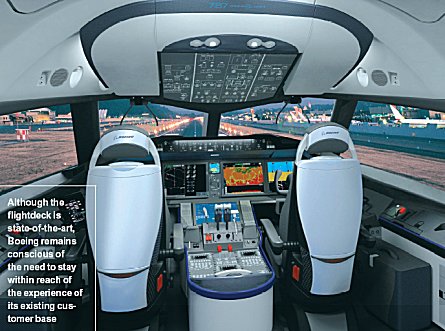
“The proof of the pudding will be in 2008, when we see if we have an aircraft ready to be delivered,” says Bair, who adds that, unlike any programme before it, the 787 effort will see such a production ramp-up that initial aircraft for delivery will be placed into storage pending certification. “In mid-2007 we will be delivering aircraft to the flight-test programme and, at the same time, building aircraft and putting them into storage while we wait for certification. It’s all a very orchestrated process, so we don’t end up doing what we did to ourselves in the late 1990s.”
While the overall programme remains on track to meet these deadlines, Bair acknowledges the effort is continuously challenged by issues with weight and systems development. The weight story is a good one, but Boeing remains cautious. “We are a little over 1.5% over weight target, and making good progress to get down to it.” He says this compares favourably with previous programmes. However, as much of the final weight reduction on these previously predominantly aluminium-built aircraft was done late in the detailed design phase, the far larger structural composite make-up of the 787 means the weight challenge has to be tackled more aggressively upfront. “We’re pretty comfortable at where we’re at, but that’s not to say weight isn’t a challenge,” says Bair, adding that the 787 is designed to be 15% more structurally “weight efficient” than any previous commercial aircraft.
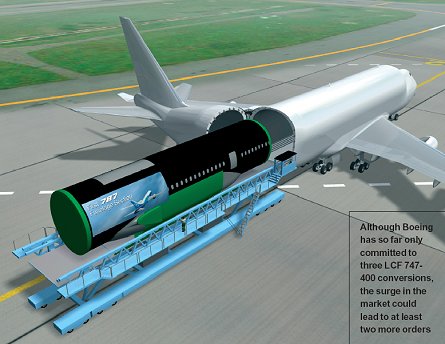
Within the avionics, for example, Boeing acknowledges that progress on the earth reference system (ERS) and flight control electronics (FCE) is behind schedule. The ERS critical design review (CDR), originally targeted for June 2005, is now expected between March and May, while the FCE CDR took place in December, five months late. The schedules for these systems “have been moving, but not because of any lateness with the partners. It was to accommodate us, and was more an issue with timing,” says Boeing, which adds the delays are not critical-path issues. Bair adds that “there are areas that we are behind on, and we have work-around plans to get them back on schedule, but we’re running under our development budget.”
Double-stretch variant
What lies outside this budget, for now at least, is the possible double-stretch 787-10 variant that Boeing publicly acknowledged for the first time only in December. Revealed exclusively by Flight International (20-26 September), the aircraft is provisionally expected to seat up to 300 passengers in a tri-class layout, “plus or minus 10 or so”, says Bair, who describes the development of the varint as possible with a “relatively modest investment”.
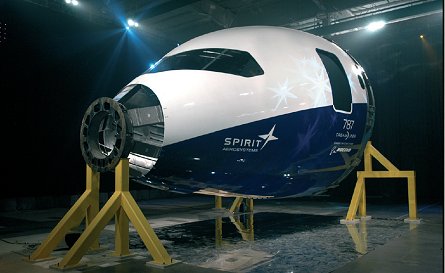
Inspiration for the -10, which would compete head-on with the A350-900, came from Dubai-based Emirates. “You’ve got to give credit to Emirates. They’ve been all over us to make us understand this, and it’s becoming fairly obvious that this is something that probably will happen,” Bair says. With a length estimated at 68m, it is sketched out to be around 6m longer than the 787-9, and would compete with Boeing’s own 777-200ER.
This factor, more than any other, appears to have been the primary stumbling block. However, given Emirates’ insistence, burgeoning interest from carriers such as Qantas, and the growing danger of the A350-900, Boeing now appears to be changing its mind. Boeing’s plate is so full with 787-3, -8 and -9 commitments that it “could not really happen with an entry into service before 2012, but sometime after that”. As for cannibalising the 777 market, Bair says: “It is better for us to step on it than someone else. If you can do a product that the market is clamouring for, you’d be silly to ignore it.”
GUY NORRIS/SEATTLE
Source: Flight International
















